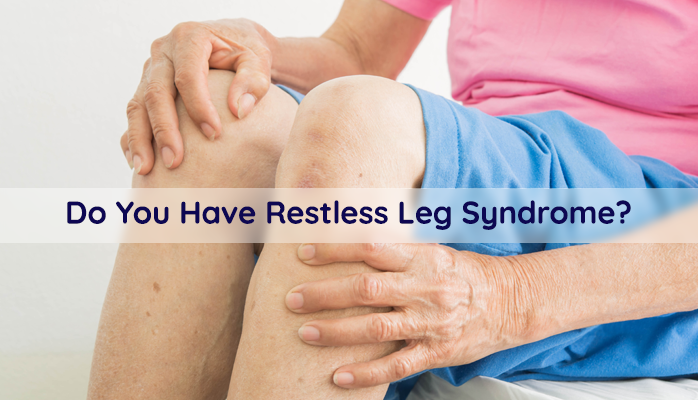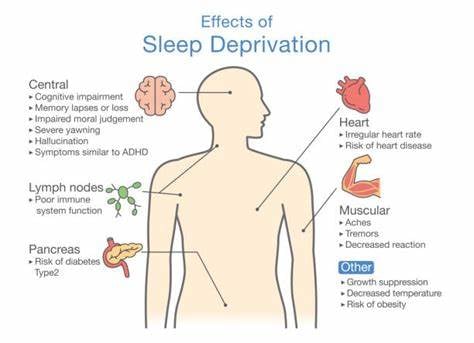 \
\
Restless leg syndrome (RLS) is a neurological condition that triggers unpleasant sensations in the legs, prompting the urge to move them. The discomfort associated with RLS often disrupts sleep, leading to sleep deprivation and categorizing it as a sleep disorder.
Symptoms of Restless Leg Syndrome
The symptoms of RLS all share a common thread: discomfort in the legs that can vary from mild to unbearable. RLS symptoms may be sporadic, with periods of relief in between, and when this discomfort disrupts your sleep, it falls under the category of a sleep disorder.
Symptoms include:
- Aching, throbbing, or burning
- Cramping (especially in calves)
- Jerking
- “Buzzing” or “vibrating”
- “Itchy”
- “Pins and needles”
- “Creepy crawly”
- Irresistible urge to move your leg to relieve the discomfort
While mild symptoms can be more challenging to identify, moderate to severe symptoms are very noticeable, and therefore, are more readily identifiable and able to be diagnosed.
Causes of Restless Leg Syndrome
The exact causes of restless leg syndrome remain largely unknown, although genetic factors may contribute (with almost half of RLS sufferers having a family history of the condition). For many individuals, it seems to be one of those enigmatic ailments that simply show up without a clear explanation.
Some factors that influence the severity or onset of RLS are:
- Certain diseases include symptoms of RLS, such as anemia, Parkinson’s, and diabetes
- Some medications, such as antinausea drugs or antipsychotic drugs, may make RLS symptoms worse
- Pregnancy (especially in last trimester)
- Sleep deprivation may also trigger symptoms
In some cases, like onset during pregnancy or after sleep deprivation, may go away naturally. In other cases, RLS may be a chronic problem without treatment.
Why Restless Leg Syndrome is a Problem (Risks)
The primary risk for restless leg syndrome is sleep deprivation causes by constantly waking up at night to move your leg. Unfortunately, the sleep deprivation may also worsen your symptoms.

Indirectly, another risk for people with mild or intermittent RLS is that it will go undetected or misdiagnosed. The problem here may be mild but chronic sleep deprivation.
Who is at Risk for Restless Leg Syndrome
RLS may affect up to 10% of the U.S. population [WebMD]. Here are some facts about who is at risk:
- Affects both sexes but is more common in women
- May begin at any age (even in young children)
- People who are severely affected are generally middle aged or older
- Certain diseases include symptoms of RLS, such as anemia, Parkinson’s, and diabetes
- Some medications, such as antinausea drugs or antipsychotic drugs, may make RLS symptoms worse
- Sleep deprivation may also trigger symptoms
Treatments for Restless Leg Syndrome
There is no direct treatment for RLS such as, for example, sleep apnea has with CPAP devices.
Some treatments used in mild to moderate cases of RLS are targeted at lifestyle changes such as:
- Beginning regular exercise
- Developing good sleeping patterns/habits
- Reducing the use of stimulants
- Reducing the consumption of alcohol and tobacco
Non-lifestyle treatment methods include:
- Leg massages
- Hot baths and/or ice packs
- A vibrating pad
In some cases drugs may be used, but the effects may relieve or worsen your RLS (results are sporadic) and the effectiveness may lessen over time.
If you live in Alaska and are concerned that you may be struggling with RLS, please click the orange button below to take a free online sleep test and talk with one of our sleep health professionals.

